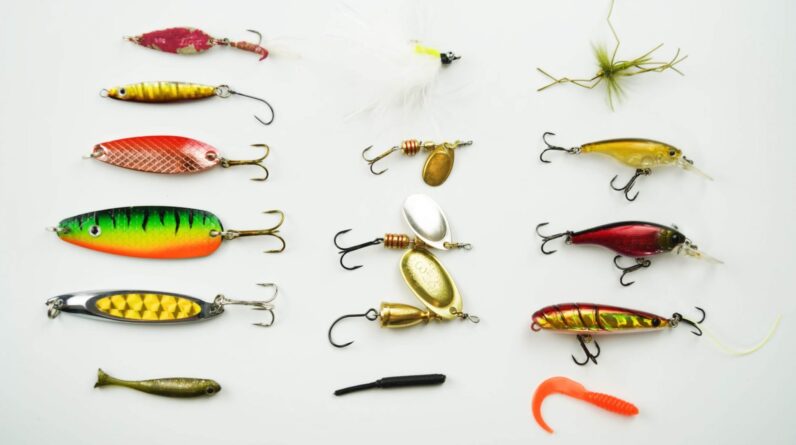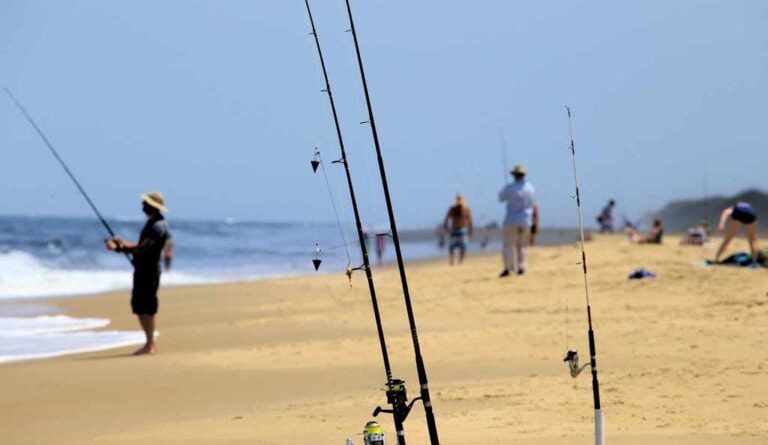In the realm of recreational fishing, enthusiasts are always on the lookout for innovative techniques to enhance their experience. Slow pitch jigging has emerged as a game-changing method, captivating the attention of anglers worldwide. This unique fishing approach is not just a skill but an art, requiring precision, finesse, and a deep understanding of the underwater world. In this comprehensive guide, we’ll delve into the intricacies of slow pitch jigging, exploring its origins, techniques, and the equipment needed to master this captivating fishing style.
Understanding Slow Pitch Jigging
- Origins
Slow pitch jigging, also known as slow jigging, originated in Japan and gained popularity in the last decade. It was initially developed to target finicky and deep-dwelling fish species that are less responsive to traditional jigging methods. Anglers soon realized the versatility of slow pitch jigging, making it an effective technique for a wide range of marine environments.
- The Technique
Unlike conventional jigging, slow pitch jigging is characterized by its deliberate and rhythmic motion. Anglers use specialized jigs designed to flutter enticingly as they descend through the water column. The key is to mimic the movement of wounded or dying prey, enticing predatory fish to strike. The slow, deliberate motion of the jig allows anglers to stay in the strike zone for an extended period, increasing their chances of a successful catch.

Equipment for Slow Pitch Jigging
- Rods
Central to slow pitch jigging is the use of specially designed rods. These rods are typically long and flexible, allowing for the subtle, slow movements required to entice fish. The ideal slow pitch jigging rod has a sensitive tip to detect subtle bites and a strong backbone to handle the fight once a fish is hooked.
- Reels
Pairing the right reel with your slow pitch jigging rod is crucial. Slow retrieve reels with high gear ratios are preferred, as they facilitate the rhythmic motion required for this technique. Smooth drag systems are essential for managing the powerful runs of larger fish commonly targeted with slow pitch jigging.
- Jigs
Jigs are the heart of slow pitch jigging, and a variety of shapes and weights are available to suit different conditions. Butterfly jigs, with their fluttering action, are a popular choice. It’s essential to experiment with different colors and weights to find the combination that proves most effective for the target species.
Techniques for Success
- Controlled Descent
One of the fundamental aspects of slow pitch jigging is the controlled descent of the jig. Anglers actively engage in the process, carefully guiding the jig as it flutters down. This controlled movement imitates wounded prey, attracting the attention of nearby predators.
- Cadence and Rhythm
Mastering the cadence and rhythm of slow pitch jigging is an ongoing process. Anglers often experiment with different speeds and pauses to identify what triggers strikes from the target species. The key is to maintain a rhythmic and deliberate motion that mimics the natural behavior of prey.
- Rod Work
Effective rod work is critical to slow pitch jigging success. Anglers employ a combination of lifts, falls, and subtle twitches to animate the jig. Understanding the behavior of the target species and adjusting your rod work accordingly is the hallmark of a skilled slow pitch jigger.
FAQs
Is Slow Pitch Jigging Suitable For Beginners?
Absolutely! Slow pitch jigging is accessible for beginners, offering a rewarding learning curve and the potential for exciting catches.
What Depth Is Ideal For Slow Pitch Jigging?
The ideal depth varies, but starting at 50 feet is a good rule of thumb. Adjust based on your target species and prevailing conditions.
Can Slow Pitch Jigging Be Effective In Freshwater?
While primarily designed for saltwater, slow pitch jigging techniques can be adapted for freshwater species with some modifications.
How Critical Is The Choice Of The Slow Pitch Jigging Rod?
The rod is paramount. Choose a rod with a sensitive tip and ample backbone for the best results in slow pitch jigging.
Are Specific Jigs Required For Slow Pitch Jigging?
Yes, specialized jigs designed for slow pitch jigging are crucial. Their unique design and weight distribution optimize the technique.
Can Slow Pitch Jigging Be Enjoyed Year-Round?
Absolutely! While success may vary seasonally, slow pitch jigging is a versatile technique that can yield results throughout the year.
Conclusion
Slow pitch jigging is more than just a fishing technique; it’s an art form that demands patience, skill, and an intimate knowledge of the underwater world. As anglers continue to explore innovative methods to elevate their fishing experience, slow pitch jigging stands out as a captivating and rewarding approach. Equip yourself with the right gear, hone your techniques, and embark on a journey that unveils the mysteries of the deep.






